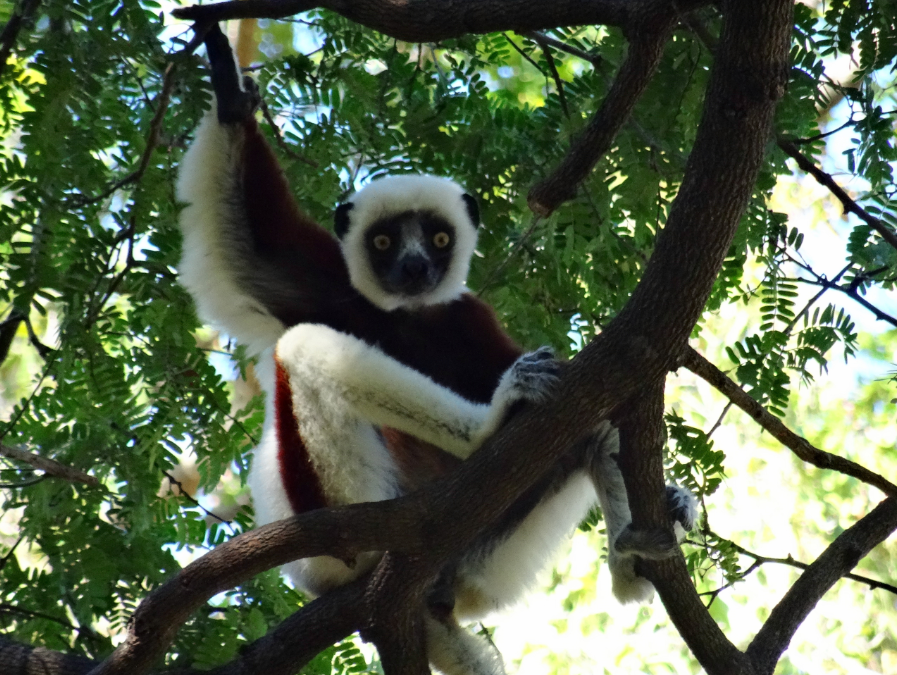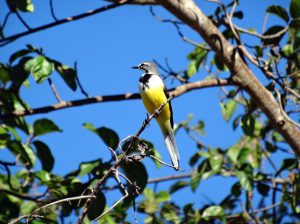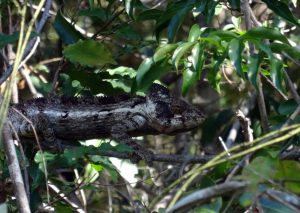
August 7, 2018, by lzzeb
My time in Madagascar working with Operation Wallacea
A blog by Dr Joe Bailey
I recently returned from my fourth field season in Madagascar working with Operation Wallacea. We work in the dry forest in the north-west, during the dry season (it’s dry).
My role out there is as a landscape ecologist (e.g. how might species and overall biodiversity be affected by edge effects and forest fragmentation?). I supervise dissertation students and give several lectures on biogeography and study skills, amongst other things. None of these things are difficult when surrounded by enthusiastic colleagues and students and, of course, some of the most amazing animals and plants in the world – Madagascar isn’t known as the ‘Eighth Continent’ for nothing. Indeed, around 90% of the plants, mammals, and reptiles found on this large island can be found nowhere else in the world! This is largely thanks to its geographical isolation and geological and biogeographical history. Madagascar is also much larger than most people think, being the fourth largest island in the world (after Greenland, New Guinea, and Borneo) and a similar size to Ukraine or Kenya.
The day-to-day routine is that field teams go out to collect data in the mornings and evenings, then there would always be time in the afternoons (whilst sheltering from the heat!) to do lectures, data work, and so on. Observations of animals and plants are collected both as part of the long-term monitoring efforts and for individual research projects (e.g. lemur behaviour), all of which improve our understanding of what species are there and how the landscape’s biodiversity is changing through time.
Here are a few of the species I’ve managed to photograph over the years:
The political instability and delicate economic situation (around 70% of the population live in poverty), along with tropical storms in the wet season and intermittent droughts (e.g. in 2016), make Madagascar a challenging place to run a successful conservation project. For example, it is a risky place for tourism companies (and other investors) to operate, which could otherwise provide some income and, given low earnings, natural resources can provide a quick profit or food source for families in need of funds or sustenance. However, through Operation Wallacea’s presence in this small part of north-west Madagascar, we aim to bring some localised benefits to people and nature.
My thanks to Operation Wallacea for their continuing cooperation and collaboration (I look forward to the future) and colleagues at the School of Geography at Nottingham for affording me the time to go on these travels.
No comments yet, fill out a comment to be the first





Leave a Reply